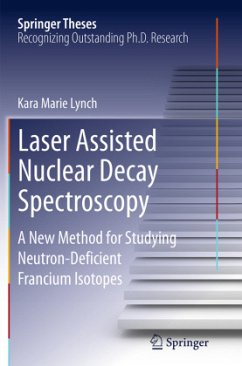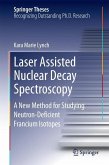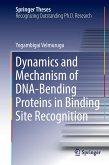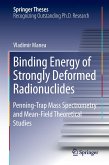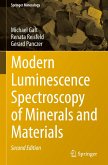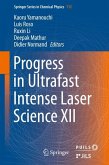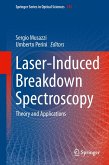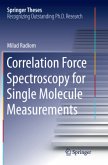This work details an application of collinear resonance ionization spectroscopy for the separation of short-lived isomeric states and their subsequent study with decay spectroscopy. It reports the successful construction of a novel decay spectroscopy apparatus that can operate at pressures below 1 x 10^-9 mbar. The method is demonstrated by separating the nuclear ground and isomeric states of 204Fr and performing alpha-decay spectroscopy. An equivalent mass spectrometer would require 4.6 million times as much resolution to achieve the same result. This work unambiguously confirms the existence of a second isomeric state in 204Fr. The author also demonstrates the effectiveness of this method for laser spectroscopy and identification of hyperfine-structure components with energy tagging. This method was successfully used in 202Fr to identify ground and isomeric states. The measurement of 202Fr reported in this thesis demonstrates a factor of 100 improvement in sensitivity compared to state-of-the-art fluorescence techniques. The work reported in this thesis won the author the IOP Nuclear Physics Group Early Career Prize.
Bitte wählen Sie Ihr Anliegen aus.
Rechnungen
Retourenschein anfordern
Bestellstatus
Storno

